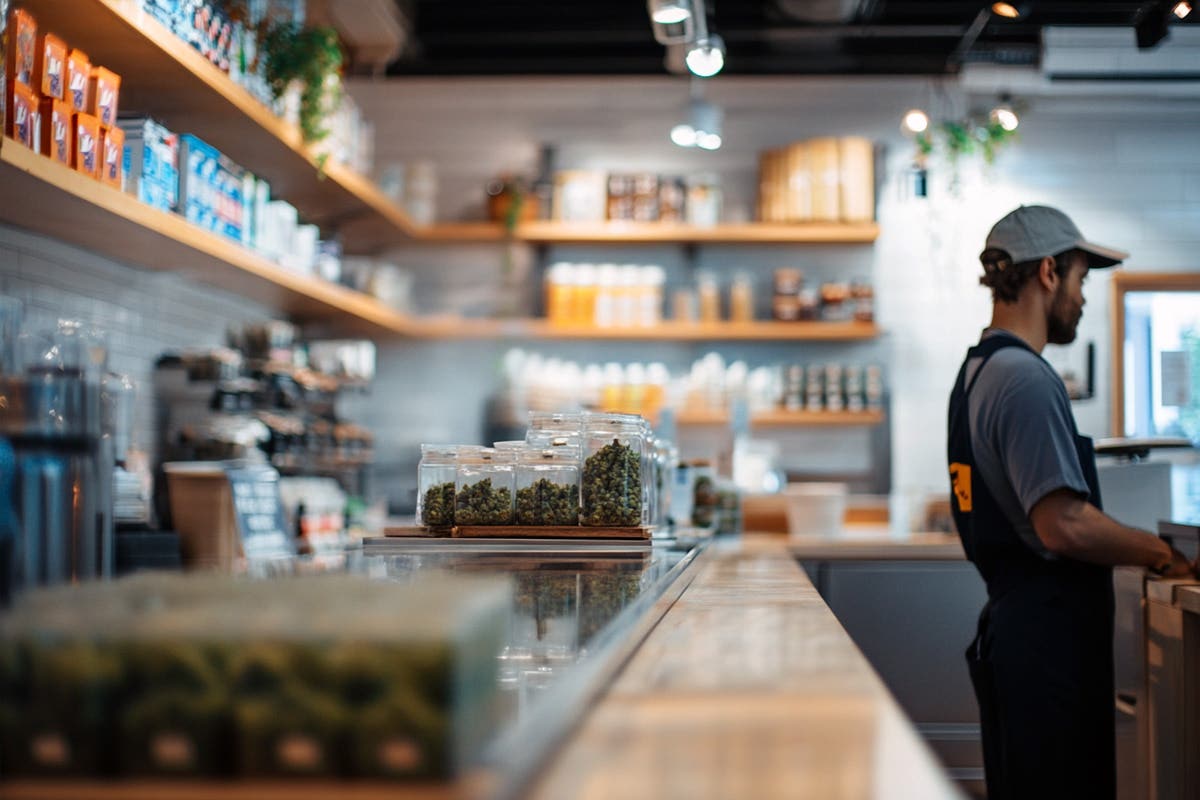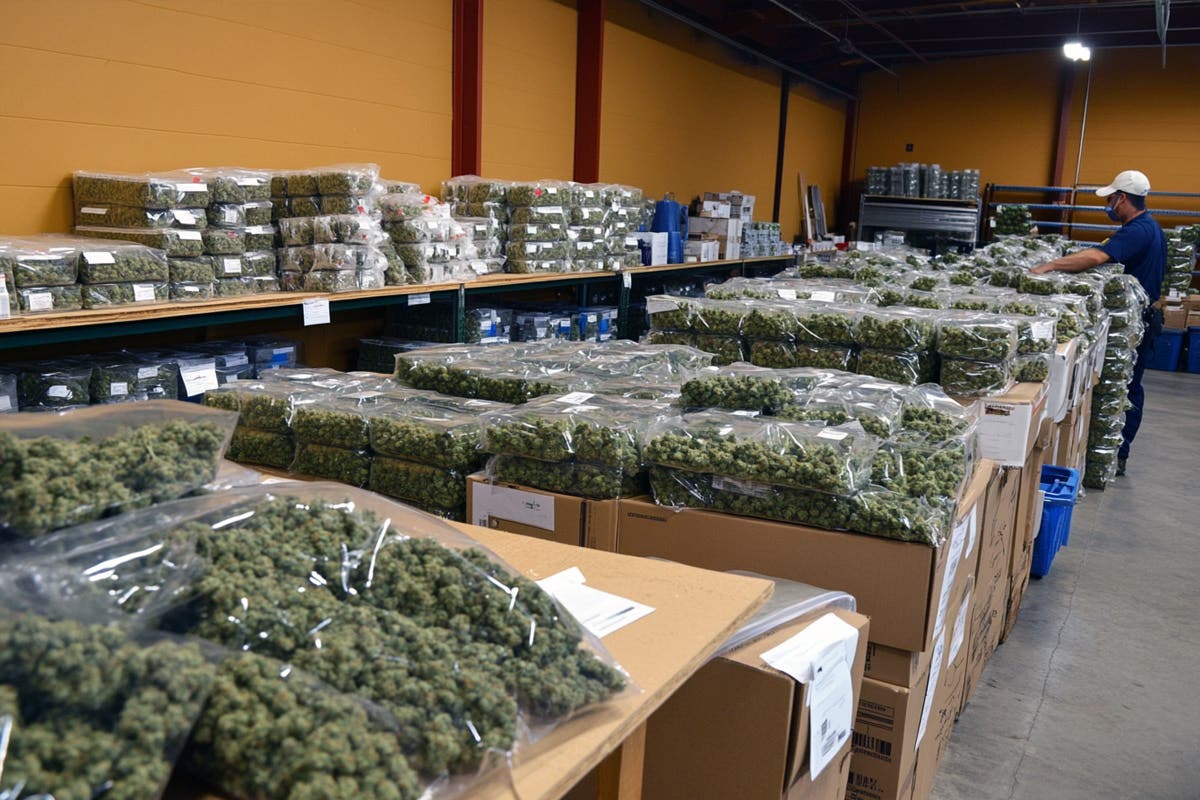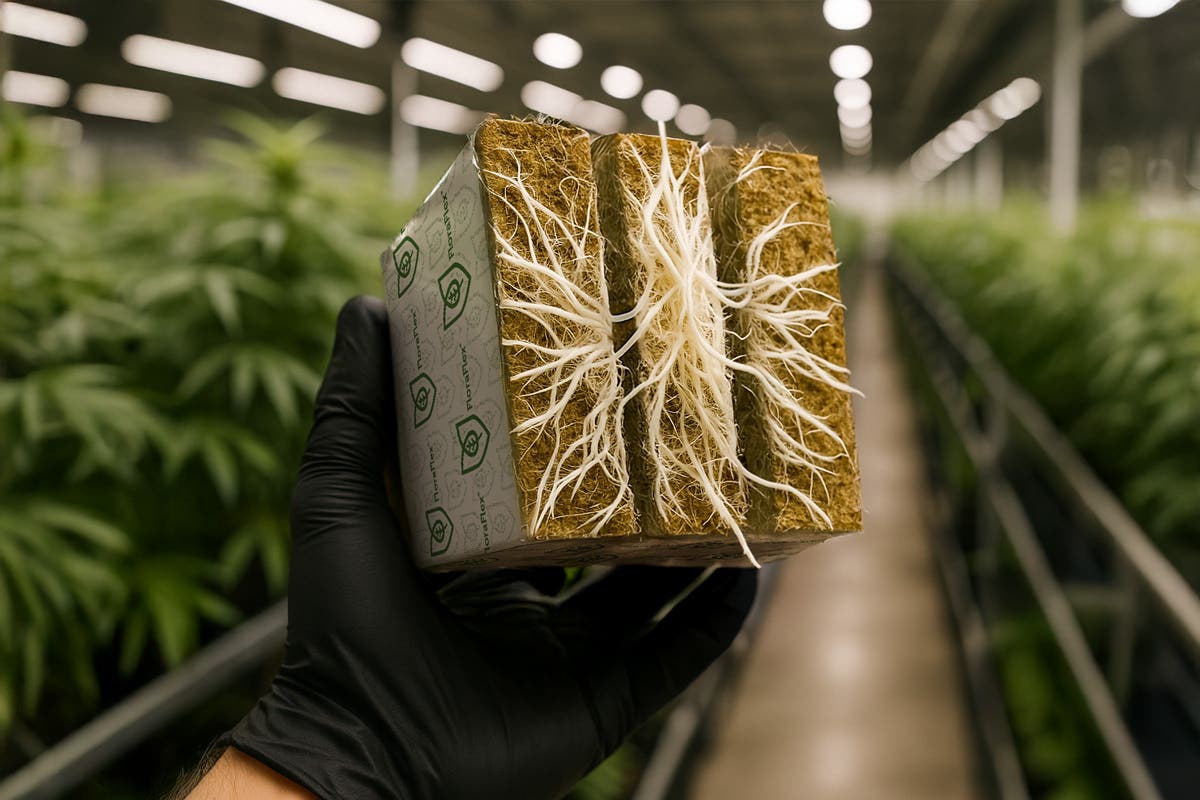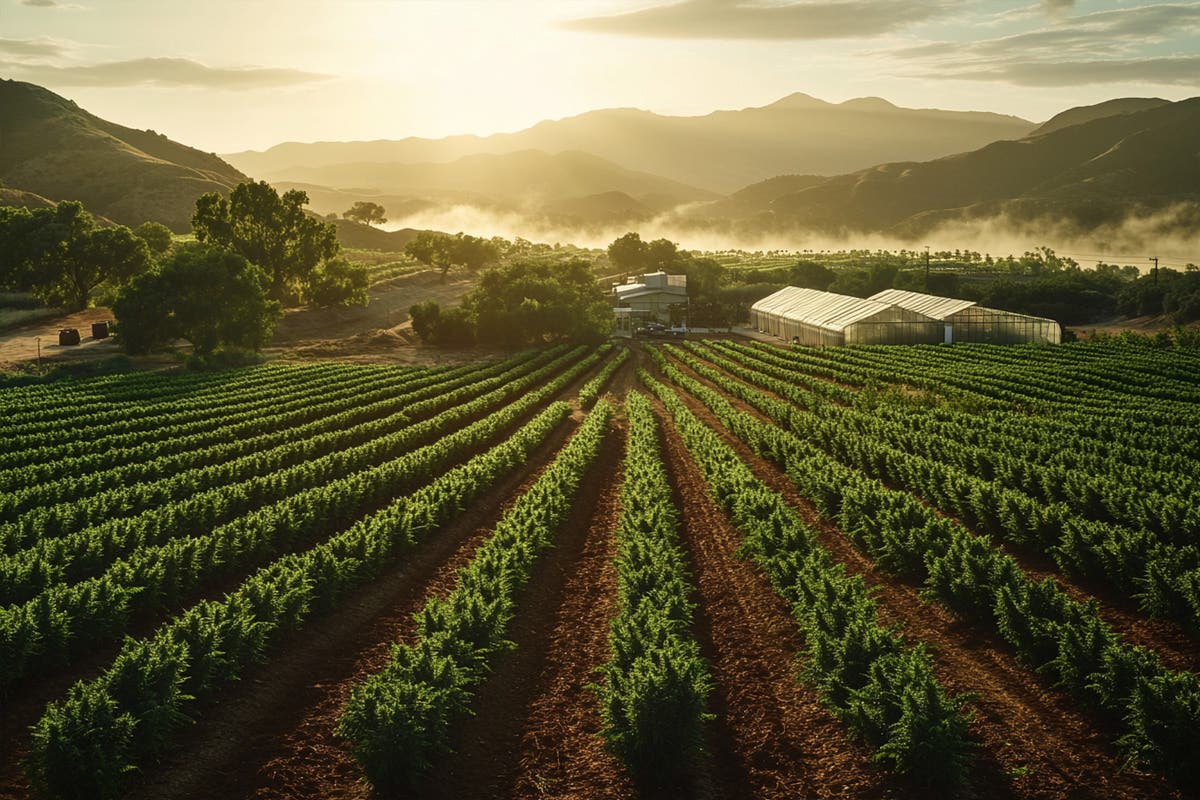Maximizing Plant Growth Through Tailored Light Spectrums
Light is a fundamental element of photosynthesis, the process by which plants convert light energy into chemical energy to fuel their growth. In outdoor environments, plants rely on sunlight, which provides a full spectrum of light wavelengths essential for different stages of plant development. However, indoor gardening presents a unique challenge, as natural light is often insufficient or unavailable. This is where grow light fixtures come into play.
Modern grow light fixtures are designed to emit specific wavelengths of light that mimic the sun’s natural spectrum. By tailoring the light spectrum to the needs of various plant species, these fixtures ensure that plants receive the right type of light at each stage of growth. For instance, blue light is crucial during the vegetative phase as it promotes leaf development, while red light is vital during the flowering and fruiting stages as it stimulates blooming and fruit production.
The ability to customize the light spectrum means that indoor gardeners can optimize the growth conditions for different plants, from leafy greens to flowering crops. This precise control over light exposure accelerates plant growth, leading to healthier plants and higher yields.
Enhancing Energy Efficiency with LED Technology
Energy efficiency is a critical consideration for indoor gardeners, particularly those who cultivate plants on a large scale. Traditional lighting options, such as incandescent and fluorescent bulbs, consume significant amounts of electricity and generate a lot of heat, which can be detrimental to plant health and increase cooling costs.
In contrast, LED (light-emitting diode) technology has revolutionized grow light fixtures by offering a highly energy-efficient solution. LEDs consume far less electricity than traditional bulbs, which translates to lower energy bills and a smaller carbon footprint. Moreover, LED grow lights produce minimal heat, reducing the need for additional cooling systems and preventing heat stress on plants.
Another advantage of LED grow lights is their long lifespan. While incandescent bulbs may need to be replaced every few months, LED fixtures can last for several years with minimal maintenance. This longevity further contributes to their cost-effectiveness, making them a popular choice for both hobbyist and commercial indoor gardeners.
Promoting Year-Round Gardening
One of the most significant benefits of grow light fixtures is their ability to support year-round gardening. In many parts of the world, outdoor gardening is limited by seasonal changes, with shorter days and lower light levels during the winter months. Indoor gardening, however, is not constrained by these factors.
Grow light fixtures provide consistent and controllable light conditions regardless of the time of year, enabling gardeners to grow plants continuously. This is particularly advantageous for those who wish to cultivate crops with long growing cycles or multiple harvests per year. Whether it’s fresh vegetables, herbs, or ornamental plants, grow lights ensure that indoor gardens can flourish throughout all four seasons.
Expanding the Variety of Plants That Can Be Grown Indoors
Traditional indoor gardening was often limited to plants that could survive with low light levels or indirect sunlight. However, the advent of advanced grow light fixtures has significantly expanded the range of plants that can be successfully grown indoors.
With the right grow light setup, it is now possible to cultivate a wide variety of plants that were previously considered challenging or impossible to grow indoors. This includes light-loving crops such as tomatoes, peppers, and strawberries, as well as exotic plants like orchids and succulents. By providing the appropriate light spectrum and intensity, grow lights enable gardeners to recreate the optimal conditions for a diverse array of plant species.
This expanded plant variety opens up new possibilities for indoor gardeners, allowing them to experiment with different crops and create more diverse and visually appealing indoor gardens.
Facilitating Controlled Environment Agriculture (CEA)
Controlled Environment Agriculture (CEA) refers to the practice of growing plants in a controlled environment where factors such as light, temperature, humidity, and CO2 levels are carefully regulated. Grow light fixtures are a crucial component of CEA systems, as they provide the necessary light energy for plant growth while allowing for precise control over the growing conditions.
In a CEA setup, growers can manipulate the light cycle to mimic natural day-night patterns or create custom light schedules that optimize plant growth. For example, extending the light period can promote faster vegetative growth, while shorter light periods can induce flowering. This level of control enables growers to maximize plant productivity and achieve consistent results, regardless of external weather conditions.
CEA is particularly valuable in urban areas where space is limited, and outdoor gardening is not feasible. Vertical farming, a type of CEA, utilizes grow light fixtures to cultivate plants in stacked layers, making efficient use of space and allowing for high-density production. This innovative approach to agriculture is gaining traction as a sustainable solution to meet the growing demand for fresh produce in urban environments.
Reducing Pests and Diseases
Indoor gardening with grow light fixtures also offers a natural advantage in terms of pest and disease management. Outdoor gardens are susceptible to a wide range of pests and diseases that can damage plants and reduce yields. These problems are often exacerbated by environmental factors such as rain, wind, and fluctuating temperatures.
By contrast, indoor gardens are isolated from many of these external threats, and the controlled environment provided by grow light fixtures further reduces the risk of pest infestations and disease outbreaks. The ability to regulate light, temperature, and humidity creates conditions that are less favorable for pests and pathogens, allowing plants to thrive with minimal chemical interventions.
This reduction in pests and diseases not only improves plant health and yields but also supports more sustainable gardening practices. Indoor gardeners can rely less on pesticides and fungicides, leading to safer and more environmentally friendly produce.
Improving Indoor Air Quality
In addition to supporting plant growth, grow light fixtures can contribute to improved indoor air quality. Plants are natural air purifiers, as they absorb carbon dioxide and release oxygen through photosynthesis. Certain plants, such as spider plants, peace lilies, and snake plants, are particularly effective at filtering harmful pollutants from the air.
By using grow light fixtures to cultivate a variety of indoor plants, gardeners can enhance the air quality within their homes or workspaces. This is especially beneficial in urban environments where outdoor air quality may be compromised by pollution. A well-maintained indoor garden not only adds aesthetic value but also creates a healthier living environment.
Offering Flexibility and Customization
Grow light fixtures offer unparalleled flexibility and customization options for indoor gardeners. Depending on the type of plants being cultivated and the available space, gardeners can choose from a wide range of grow light systems, including compact fluorescent lights (CFLs), high-intensity discharge (HID) lamps, and LEDs.
Each type of grow light has its own advantages and is suited to different growing conditions. For example, CFLs are ideal for small-scale indoor gardens and seed starting, while HID lamps are powerful enough to support large-scale commercial operations. LED grow lights, with their energy efficiency and customizable light spectrum, are a versatile choice for both small and large gardens.
Moreover, grow light fixtures can be easily adjusted in terms of height, angle, and intensity to accommodate the specific needs of different plants. This adaptability allows gardeners to fine-tune their lighting setup to achieve optimal results, whether they are growing leafy greens, flowering plants, or fruiting crops.
Supporting Sustainable Agriculture Practices
Sustainability is a growing concern in modern agriculture, and indoor gardening with grow light fixtures offers several advantages in this regard. Traditional outdoor farming is heavily dependent on natural resources such as water and arable land, which are becoming increasingly scarce due to climate change and urbanization.
Indoor gardening, on the other hand, can be more resource-efficient. Grow light fixtures allow plants to be cultivated in controlled environments where water usage can be minimized through techniques such as hydroponics and aeroponics. These soilless growing methods use significantly less water than traditional soil-based farming, making them more sustainable and suitable for regions with limited water availability.
Additionally, the use of energy-efficient LED grow lights reduces the environmental impact of indoor gardening by lowering electricity consumption and greenhouse gas emissions. As technology continues to advance, the potential for indoor gardening to contribute to sustainable food production will only increase.
Revolutionizing Urban Agriculture
Urban agriculture is an emerging trend that seeks to integrate food production into urban spaces. Grow light fixtures are at the forefront of this movement, enabling urban dwellers to grow their own food in environments where traditional gardening would be impossible.
Rooftop gardens, indoor farms, and community gardens are just a few examples of how grow light fixtures are being used to bring agriculture into the heart of cities. These initiatives not only provide fresh, locally grown produce to urban residents but also promote community engagement and education around sustainable food practices.
The potential of urban agriculture is vast, and grow light fixtures play a crucial role in unlocking this potential. By making it possible to grow food in urban environments, these fixtures are helping to create more resilient and self-sufficient cities.
Empowering Home Gardeners
Finally, grow light fixtures empower home gardeners to take control of their food production and enjoy the benefits of gardening without the limitations imposed by outdoor conditions. Whether you live in a small apartment with no access to a garden or simply want to extend your growing season, grow light fixtures make it possible to cultivate a wide variety of plants indoors.
Home gardening with grow lights offers a rewarding and therapeutic experience, providing an opportunity to connect with nature and enjoy the satisfaction of growing your own food. With the right setup, even beginners can achieve success and enjoy a bountiful harvest year-round.
In conclusion, grow light fixtures have revolutionized indoor gardening by providing the essential light energy that plants need to thrive. Their ability to mimic natural sunlight, enhance energy efficiency





















